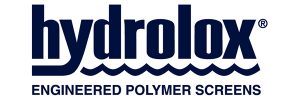Severn Trent Eels Regulation Compliance (2021)
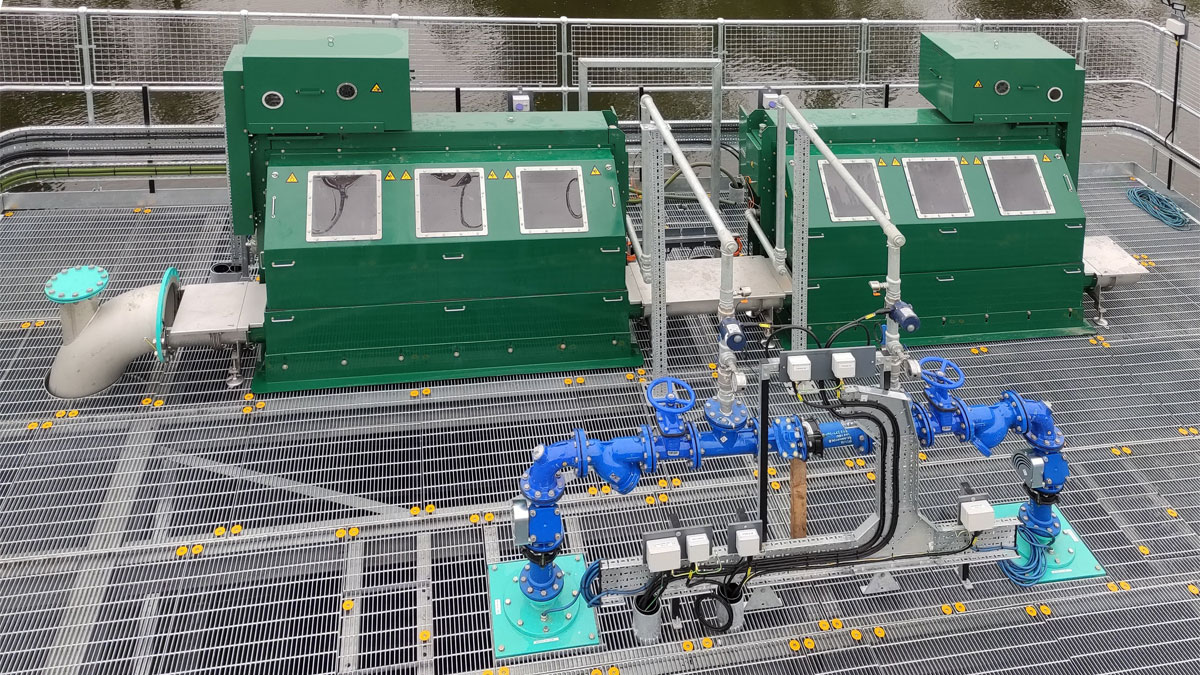
Draycott Hydrolox headworks - Courtesy of Galliford Try
The Eels (England and Wales) Regulations 2009 came into force on 15 January 2010 to support the UK in implementing EC Council Regulation (1100/2007). The regulations require all surface water abstractions of more than 20m3/d to be fitted with suitable eel screens by 2021. A batch extension was granted to Severn Trent until end of March 2021 (Phase 2), with additional further extensions granted throughout 2021. Severn Trent’s National Environment Programme (NEP) promoted two batches of projects to upgrade their raw water abstraction intakes to be delivered by their Tier 1 design and build contractors Galliford Try and CiM6. This paper focuses on the batch of eight projects awarded to Galliford Try, which required the replacement of non-complaint river intake screening equipment and the installation of new turnkey screening on their existing intake structures. The sites are spread throughout Nottinghamshire, Derbyshire, Warwickshire and Worcestershire, on the Rivers Derwent, Dove, Leam, Blythe, Bourne, Avon and Severn.
Locations
During Severn Trent’s Solutions Team’s extensive river monitoring and feasibility work, the following sites were identified as requiring replacement/modifications to their abstraction screening systems:

Contract solution
The Egginton, little Eaton and Wiles Meadow intakes were to remain with their existing screening method on a like for like replacement basis. The remaining five sites were to have new fish exclusion screen installations placed on the river abstraction structure to prevent fish and eels from being extracted from the river.
The measures of success criteria for each site were:
- Compliance with the Environment Agency’s Eel Regulation guidance manual using ‘best practices’ for each given screening method.
- Provision of compliant fish return paths and washwater requirements.
- No detriment to abstraction volumes.
- The exclusion screens were also to be protected by a suitable course bar screen.
All the above designs were required to be submitted to the EA NESH (National Eel Service Help Desk) for approval prior to construction.
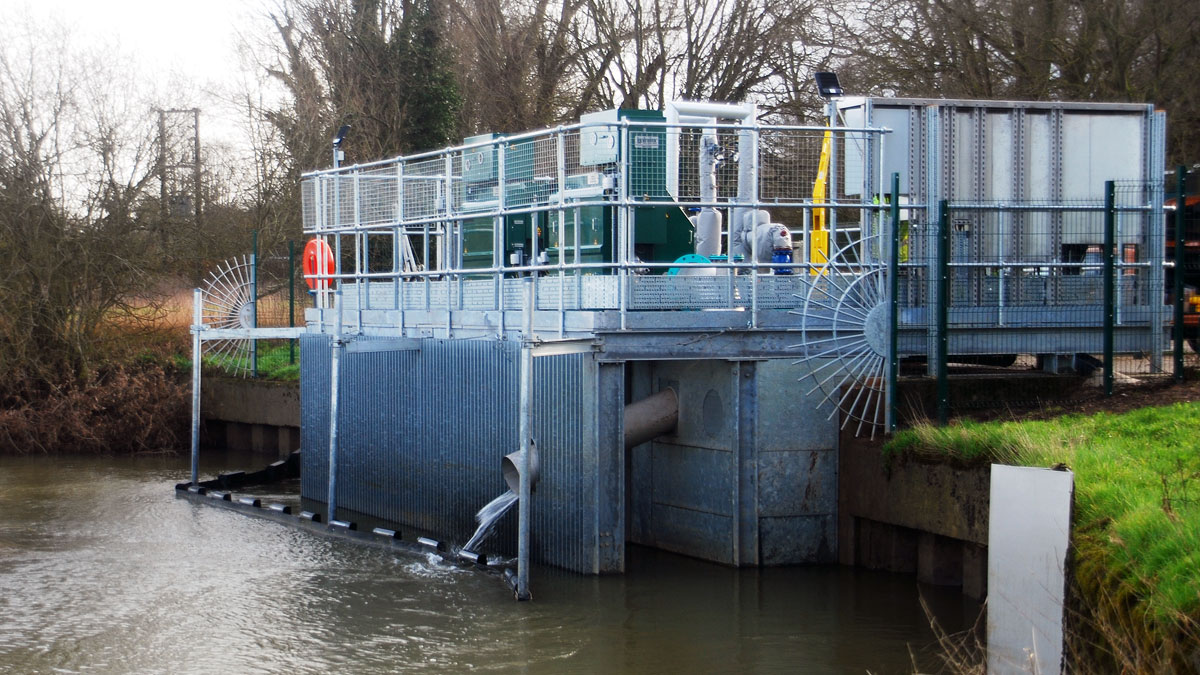
Eathorpe screen installation – Courtesy of Galliford Try
Design
None of the intakes are the same, nor were their operating criteria, with the smallest intake structure being 2m deep with a river operating range for 0.5m to the largest intake at 10m deep with an operation range of 7.5m.
Due to the age of the installations, very little ‘as built’ information was available, therefore extensive ground investigations, topographical surveys and full underwater measurement surveys of the structures were undertaken to provide the base information of the design. Each site was 3D laser scanned from ground level with two sites having further river sonar surveys of the immediate area in front of the structures. All the survey information was then combined into the 3D models of each structure.
The drum screens and band screen installation were based on like for like replacement with modifications required to satisfy the eel regulations. The screen design themselves were provided by the screen suppliers and inserted into the principal contractor’s 3D model of the fish return and washwater pipework designs.
All the drum and band screens are designed to work as duty operation, but with each screen sized to take 100% full flow, providing the redundancy needed to protect abstraction. The screen perforations were required to be less than 6mm in diameter with a number of fish capture buckets positioned around the circumference of each screen which are designed to capture fish and lift them to the high-level trough for return to the river via the return chute. There are two spray bars per screen, a <1-bar low pressure spray to wash the fish into the trough, followed by a 4-bar high pressure spray to wash off any debris into the trough. The fish return chutes were made of either stainless steel or plastic, 400mm in diameter and with minimum 600mm diameter long radius bends. The washwater flow rate within the chute had to be greater than 1.5m/s but less than 7m/s at its discharge. The chutes were positioned so that they discharge 500mm above top water level and into a minimum river water depth of 900mm.

Wiles Meadow band screen – Courtesy of Galliford Try
For the fish exclusion screen installations, a standardised approach was implemented, working collaboratively with the screens, washwater pumps and ICA suppliers. Galliford Try designed a system for each site utilising two screens (operating duty/duty) and two washwater pumps (operating duty/standby). Furthermore, this allowed the ICA supplier to develop the control system, providing a local control panel design which could be used at each site (design once, multiple builds).
The Intralox fish exclusion screens are vertical traveling fine screens, screening to a width of 1.75mm (Hydrolox models). The polymer screening material is designed to be replaced in small sections, therefore allowing the screens to be of modular construction. They are chain driven from the top motor and have no moving below-water mechanisms, therefore bing maintenance free below water. The screens are washed at the headworks via a 3-4 bar high-pressure spray bar into a trough that returns the screenings to the river. The screens are placed in the flushing flow of the river to help reduce fish impingement; fish buckets are not required to capture fish, allowing fish to natural fall away from the screens.
The main design requirements for the Hydrolox screen is that the headworks is required to be installed at the local flood level 1:100 +20% for climate change and that the maximum velocity 100mm in front of the screen is between 0.1m/s and 0.5m/s at all river levels which is driven by factors such as the distance of the installation from the tidal limit, expected age of the eels and the angle of the installation in relation to the river flow.
The steel platform arrangement concept, the debris return chutes and washwater pipework design were the same for each site, however due to the intake structures being individual, the steelwork had to be individually designed to suit and the pipework adjusted accordingly.
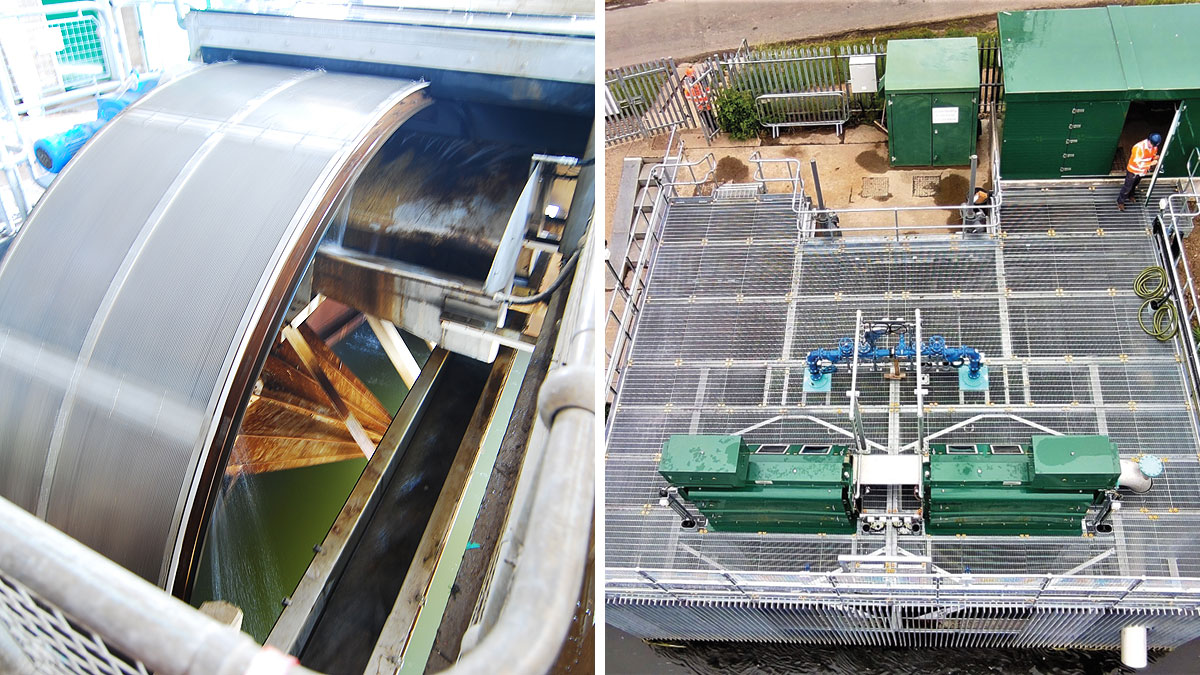
(left) Egginton drum screens and (right) Draycott installation – Courtesy of Galliford Try
Third parties
During the design phase significant attention was also given to third parties and statutory authorities to ensure legal compliance and minimising the impact on the local communities.
- Environment Agency: Submission and approval of all design documents and application for the Flood Risk Application Permit (both normally 12 weeks determination).
- Canal & River Trust: Application of any permits required.
- Local and county councils: Planning permission, road closures and diversions, footpath closures and ensuring refuge collections and mail deliveries continue for residents.
- Airport authorities: Permits for the erection of tower cranes.
- Network Rail: Safety of the rail lines due to the tower cranes.
- Local residents: Ongoing communication with residents affected by the works, either due to the office compounds, construction areas, shared access roads, traffic management, footpath closures and included emergency measures which may also be required.

Draycott screen installation – Courtesy of Galliford Try
Severn Trent Eels Regulation Compliance: Supply chain – key participants
- Principal contractor/designer: Galliford Try
- Civil consultants: Eastwood & Partners
- ICA: MCS Control Systems Ltd
- ICA: Boulting Group
- Steelwork fabrication/installation: Galliford Try
- Mechanical installation: Industrial Pump Services
- Mechanical & electrical installation: Galliford Try
- Divers: Northern Divers
- Divers: Reach Engineering & Diving Services
- Dredging works: Salix River and Wetland Services
- Eel Screens: Hydro International
- Eel Screens: Intralox
- Eel Screens: SPIRAC Ltd
- Penstocks: HamBaker
- Lifting equipment: T Allen Engineering Services
- Cranes: Falcon Tower Crane Services
- Washwater pumps: Grundfos
- Overpumping: Selwood Pumps
- Kiosk: Pro-Tech GRP Enclosures Ltd
- Cleansing of structures: Wrights of Twycross
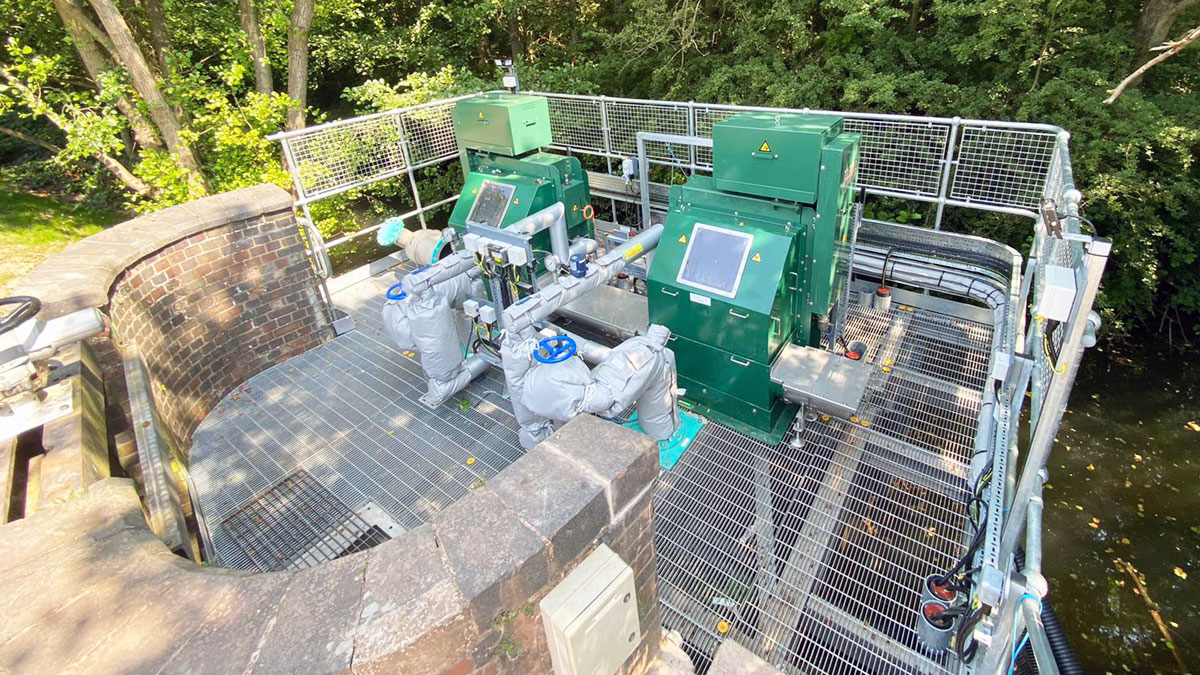
River Bourne intake screen installation – Courtesy of Galliford Try
Enabling works and site enhancement
Since some of the existing installations have being in operation for over 50 years, a number of the isolation penstocks were inoperable and required changing to provide safe working conditions. Significant temporary works through overpumping (1000l/s at Little Eaton), new structural stop logs 3m x 4m (at Egginton) and 24/7 reactive cleansing works; Galliford Try was able to replace nine 4m2 penstocks across the batch.
Careful planning was undertaken with the client’s networks resources team to ensure that abstraction disruption was kept to a minimum during the enabling and construction works.
Further site enhancements were undertaken at a number of sites during these interventions, further minimising disruption to abstraction including the drain down of a 4km 1200mmØ rising main and replacement of a faulty 1000mmØ mag flow meter.
Installation
The existing setup of the drum and band screen intakes allowed for each screen to be isolated individually, therefore allowing simple scaffold access to be installed to facilitate the screen installation. The drum screens were installed in quadrant sections, building off the installed central shaft, due to the building restrictions not allowing for a single piece installation. The band screens were located either outdoors or in a building with a significantly high roof and integral gantry crane; allowing these to be installed in one piece.
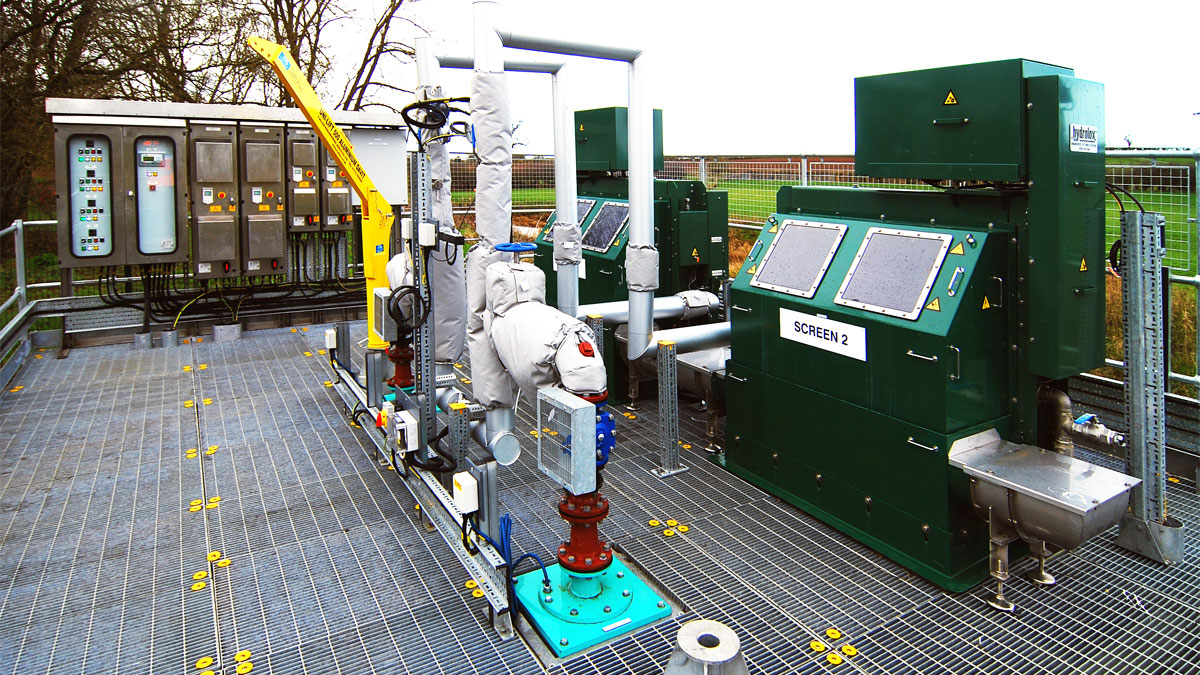
Eathorpe Hydrolox headworks – Courtesy of Galliford Try
The installation of the fish exclusion screens was far more complex. The steelwork was installed in larger pre-made sections all designed around the lifting capacity of the crane. Each underwater section had a direct template made of the drilling requirements which was fixed to the structure to allow the divers to drill in the right location.
The tolerance for all gaps between the existing structure and the steelwork closing plates had to be 3mm to comply with regulations. Once the platform was installed the M&E installation (controls system and washwater systems) could commence.
Due to the steelwork being positioned above water, the cable duct routes were planned with openings built into the platform design. Using suspended ducting, all cables can be installed and removed safely without risk of falls from height.
The LCPs are mounted on the platform next to the screen installations and are in IP67 cabinets. The screens are then lowered into their receiving channels at which point they can be connected and commissioned. With the cables already pulled in and the main washwater manifold installation completed, the screens can be installed, wired up, plumbed and rotating in three days and full commissioned in a further two days. Both screens at four of the projects were installed simultaneously.
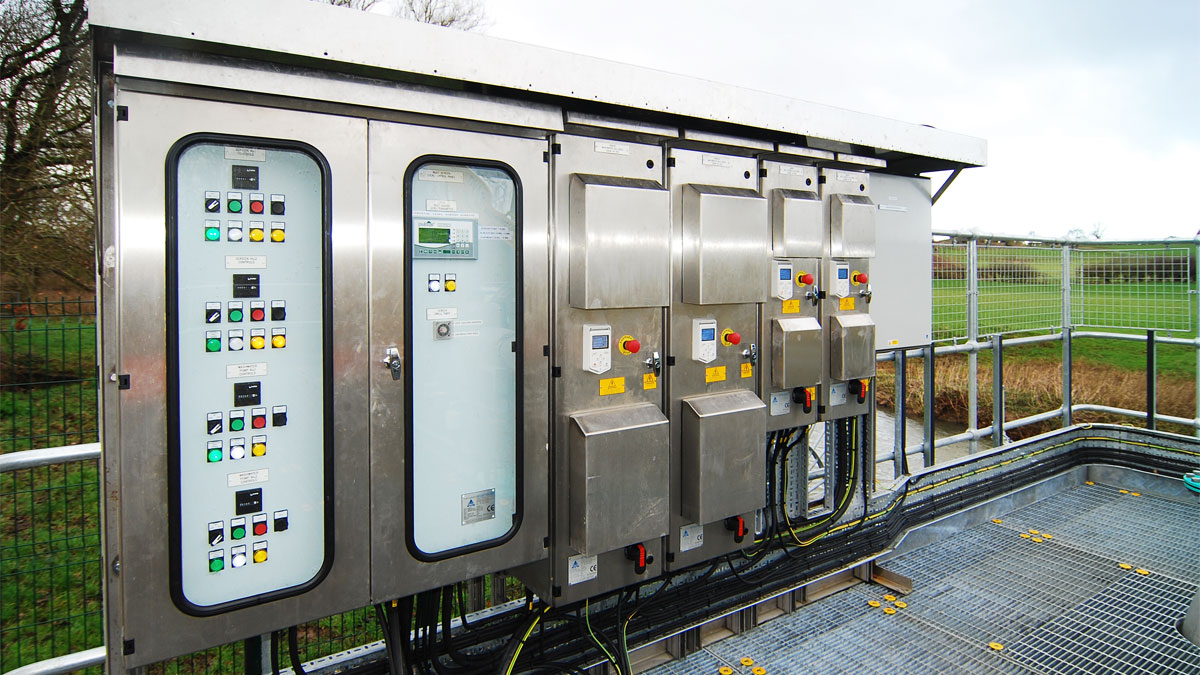
Local control panels used on Hydrolox screen installations – Courtesy of Galliford Try
Challenges
Throughout the project there were significant challenges to overcome. From a design aspect understanding the ‘best practice’ requirements and how the constraints would be applied by the EA proved challenging to ensure that the screens met the maximum through velocities, protected the abstraction flow to a given flood level, and ensuring that the fish exclusion screens had the correct operational control.
As riverbeds are constantly moving, each site required an element of river dredging, posing their own issues including high river levels, access and varying volumes and type of silts to be removed. Throughout the project, a number of dredging techniques were undertaken by Salix River and Wetland Services, using aquatic excavators, long-reach land excavators, excavators located on pontoons and desilting dredging pumps. Through this work, Galliford Try was able to ensure suitable space for the installation of the screen structures, returning the river depths back to their original height, providing much needed water volume to the abstraction pumps.
The Trimpley project provided the biggest challenge as once dredging was completed, old sections of the original cofferdam/bank support used for the original intake construction were unearthed. This required a full redesign of the bottom underwater section of the steel platform to bridge over the offending sheet pile sections.
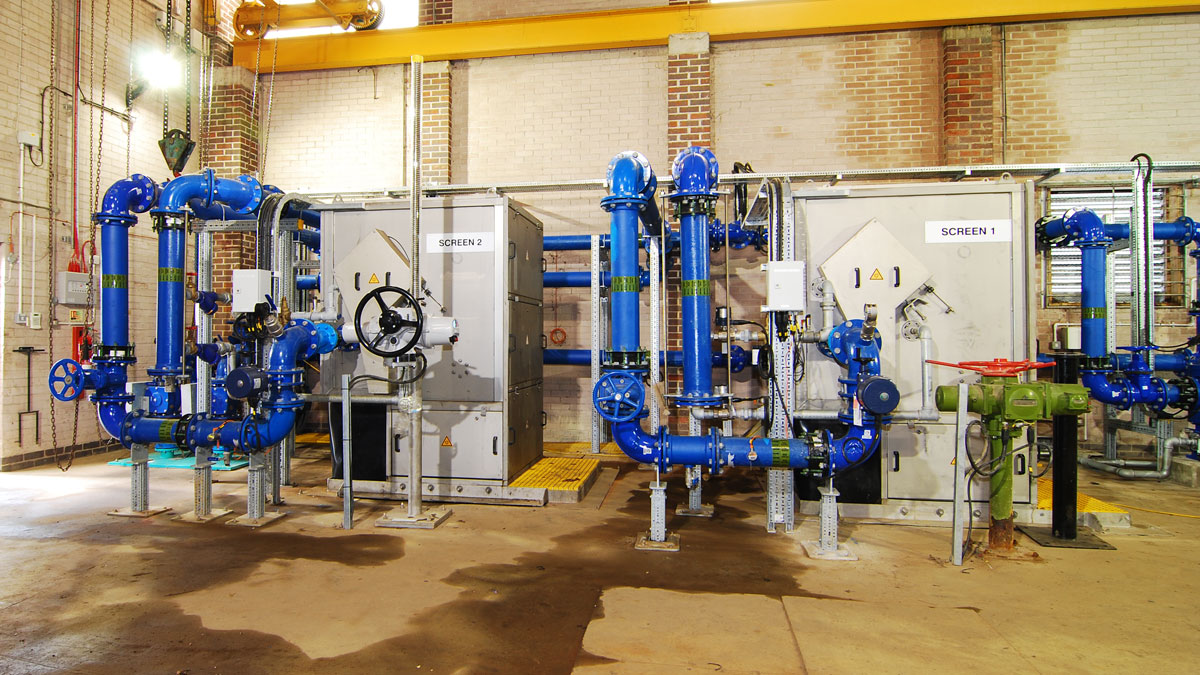
Little Eaton installation – Courtesy of Galliford Try
Project conclusion
Through a collaborative programme of complex and challenging works, taking each site from concept to construction over a 3-year period, at the time of writing (June 2021) mncn PLC and the Severn Trent Capital Delivery Team have delivered six fully operation and compliant intake screening installations, with the following two installations due to be operational in July 2021.





